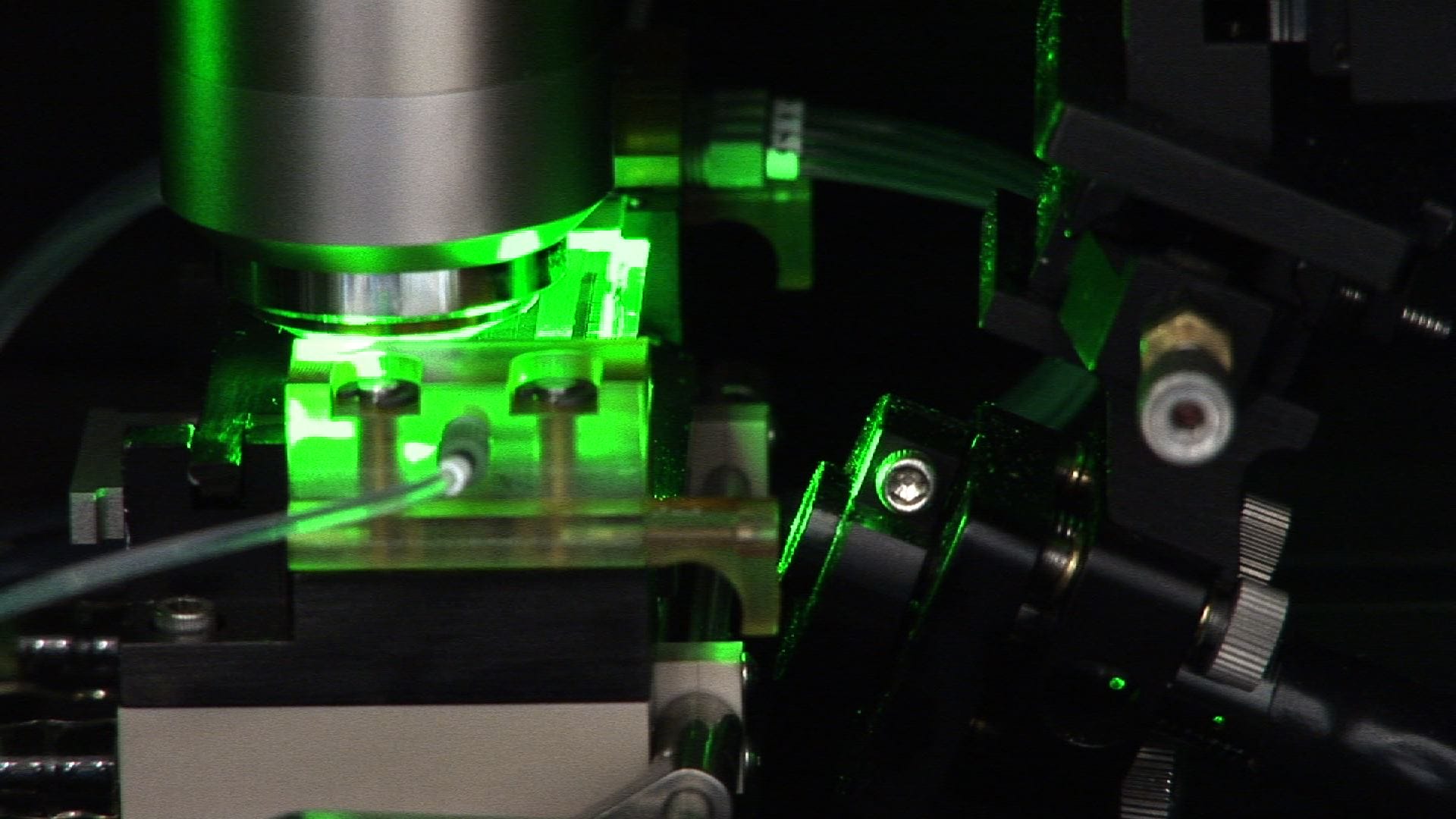What is next generation sequencing?

Next generation sequencing dramatically cut the time and cost needed to sequence a genome.
- In 2007, a further evolution of Sanger capillary sequencing made it possible to analyse millions of samples simultaneously.
- It’s sometimes called ‘massively parallel’ or ‘second generation’ sequencing.
- The principles are still used well into the 2020s, such as when an experiment does not need to use more expensive high-throughput techniques.
What is next generation sequencing?
- Next generation sequencing works in a similar way to capillary sequencing, where all a section of DNA is broken down before being sequenced and recorded.
- However, rather than being limited to just a few DNA fragments, next-generation sequencing makes it possible to sequence millions of samples simultaneously. For this reason, it’s sometimes called massively parallel sequencing.
- The analysis of data is also much faster than capillary sequencing.
How did next generation sequencing advance science?
- Next generation sequencing has revealed some of the genetic causes of conditions like cancer, diabetes and schizophrenia. It’s also made it possible to explore the genomes of organisms that cause human disease, such as viruses and bacteria.
- That’s because it’s highly flexible and can be tailored to suit any size of genome – from small genomes, like viruses’, to much larger genomes, like humans’. The genomes of many individuals can also be compared to learn more about our genetics.
- Preparation and processing time is quicker than capillary sequencing – scientists no longer have to grow libraries of DNA in bacteria.
- Next generation sequencing made it possible to sequence large amounts of DNA at rapid speed – the early machines could process five human genomes in under a week. It became the first method to sequence a billion bases in one day, and to sequence a human genome for under $600.
- To put this in perspective, the Human Genome Project – which sequenced the first human genome using capillary sequencing – took 13 years and cost almost $3 billion.